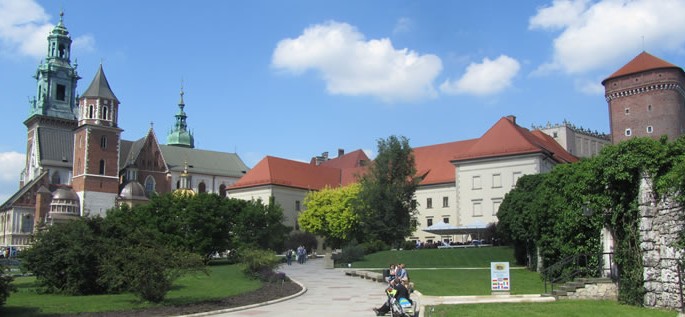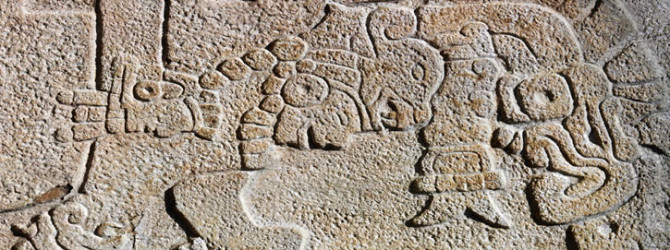Families Recently Updated
As new discoveries change our understanding of linguistics, we update our articles accordingly. Check back here to see which of our Language Family pages have new knowledge.
Indo-European Language Family
Indo-European is a family of languages that first spread throughout Europe and many parts of South Asia, and later to every corner of the globe as a result of colonization. The term Indo-European is essentially geographical since it refers to the easternmost extension of the family from the Indian subcontinent to its westernmost reach in Europe. The family includes most of the languages of Europe, as well as many languages of Southwest, Central and South Asia. With over 2.6 billion speakers (or 45% of the world’s population), the Indo-European language family has the largest number of speakers of all language families as well as the widest dispersion around the world. Read more >
Slavic Branch
Slavic languages are spoken by more than 300 million people mostly in Eastern Europe and Asia (Siberia). All Slavic languages are believed to have descended from a common ancestor called Proto-Slavic, which, in turn, is thought to have split off from Proto-Indo-European possibly as early as 2,000 B.C. Proto-Slavic, was probably the common language of all Slavs as late as the 8th or 9th century A.D., but by the 10th century A.D. the various Slavic varieties had begun to emerge as separate languages. Slavic languages are usually divided into three groups which, in turn, encompass smaller dialect groups. Read more >
Oto-Manguean Language Family
The Oto-Manguean language stock is a group of related languages or language families of Mexico. It is the largest language stock in Mexico, consisting of 174 languages (Ethnologue) that are thought to have originated from a single ancestral language that existed in southern Mexico since at least 4,000 BC. As groups of speakers of the common ancestral language began to settle in different regions of Mexico, and lost contact with each other, their languages began to diverge. In succeeding centuries, these groups split even further, producing an even greater divergence in their languages. The genetic relationship of many of the languages which are today known as Oto-Manguean has been recognized for as far back as 1860’s. The inclusion of families that are now considered to be part of this stock has come slowly over the years as a result of considerable research. Read more >


